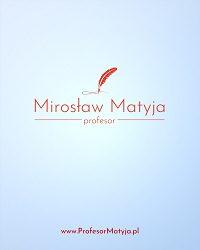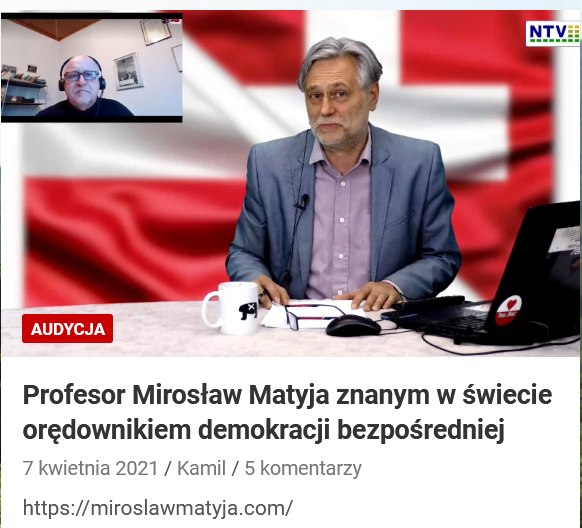Need Analysis of the Development of Economics Interactive E-Module Based on Contextual Teaching and Learning for SMA
Abstract
Keywords
Full Text:
PDFReferences
Adu, E. O., Galloway, G., & Olaoye, O. (2014). Teachers’ characteristics and students’ attitude towards economics in secondary schools: Students’ perspectives. Mediterranean Journal of Social Sciences, 5(2), 455-462.
Alwasilah, C. (2014). CTL (Contextual Teaching and Learning) Menjadikan Kegiatan Belajar-Mengajar Mengasyikkan dan Bermakna. Kaifa Learning: Bandung.
Anafidah, A., Sarwanto, &Masykuri, M. (2017). Pengembangan modul fisika berbasis CTL pada materi dinamika partikel untuk meningkatkan keterampilan berpikir kritis siswa kelas X SMAN 1 Ngawi. Jurnal Inkuiri, 6(2), 29-40.
Daryanto. (2010). Media Pembelajaran. Bandung: Satu Nusa.
Departemen Pendidikan Nasional. (2003). Pendekatan Kontekstual (Contextual Teaching and Learning). Depdiknas: Jakarta.
Dewi, M. R., Rachmadiarti, F., &Wisanti. (2012). The development of teaching and learning (CTL)-based ecosystem module for learning biology in X-class of senior high school. Biology Education, 1(1), 11-14.
DeWitt, D., Siraj, S., & Alias, N. (2014). Collaborative mLearning: A module for learning secondary school science. Educational Technology & Society, 17(1), 89–101.
Fonda, A. & Sumargiyani. (2018). The developing math electronic module with scientific approach using kvisoft flipbook maker pro for xi grade of senior high school students.Infinity Journal of Mathematics Education, 7(2), 109-122.
Hutahaean, L. A. (2018). Contextual Teaching and Learning (CTL) dalam Pembelajaran Ekonomi. Prosiding Seminar Nasional Pendidikan Ekonomi, Surakarta: UNS. ISBN 978-602-60061-2-7.
Imansari, N. & Sunaryantiningsih, I. (2017). Pengaruh penggunaan e-modul interaktif terhadap hasil belajar mahasiswa pada materi kesehatan dan keselamatan kerja. Jurnal Ilmiah Pendidikan Teknik Elektro, 2(1), 11-16.
Jahja, Y. (2011). Psikologi Perkembangan. Jakarta: Kencana.
Johnson, E. B. (2014). Contextual Teaching and Learning: Menjadikan Kegiatan Belajar-Mengajar Mengasyikkan dan Bermakna (Contextual Teaching and Learning: What it is and why it’s here to stay). Penerjemah Ibnu Setiawan, Penyunting Ida Sitompul. Bandung: Kaifa.
Mulyasa, E. (2014). Pengembangan dan Implementasi Kurikulum 2013. Bandung: Remaja Rosdakarya.
Mulyatiningsih, E. (2011). Riset Terapan Bidang Pendidikan dan Teknik. Yogyakarta: UNY Press.
Munir. (2013). Multimedia dan Konsep Aplikasi dalam Pendidikan. Bandung: Alfabeta.
Nurmayanti, F. (2015). Pengembangan Modul Elektronik Fisika dengan Strategi PDEODE pada Pokok Bahasan Teori Kinetik Gas untuk Siswa Kelas XI SMA. Prosiding Simposium Nasional Inovasi dan Pembelajaran Sains. Bandung: ITB.
Prastowo, A. (2015). Panduan Kreatif Membuat Bahan Ajar Inovatif. Jogjakarta: DIVA Press.
Rita, J. (2014). Pengembangan pembelajaran multimedia interaktif berbasis internet pelajaran bahasa inggris. Jurnal Teknologi Informasi & Komunikasi dalam Pendidikan, 1(2), 2355-4983.
Santrock, J. W. (2009). Educational Psychology. 4thed. New York: The McGraw-Hill Companies.
Scott, R. H. (2011). Tableau économique: Teaching economics with a tablet computer. The Journal of Economic Education, 42(2), 175–180.
Selvia, A. (2014). Pengembangan perangkat pembelajaran dengan pendekatan contextual teaching and learning berbantuan modul interaktif. Chemistry in Education, 3(2), 140-146.
Siamy, L., Farida, &Stazali, M. (2018). Media belajar matematika berbasis multimedia interaktif dengan pendekatan contextual teaching and learning. Desimal: Jurnal Matematika, 1 (1), 113-117.
Susanto, A. (2014). Pengembangan Pembelajaran IPS di Sekolah Dasar. Jakarta: Prenadamedia Group.
Trianto. (2009). Mendesain Model Pembelajaran Inovatif – Progresif. Jakarta: Kencana Predana Media Group.
Uno, N. S., Wahjoedi, & Haryono, A. (2016). Penggunaan Media Pembelajaran Berbasis Multimedia Interaktif dalam Pengajaran Ekonomi Berwawasan Indonesia. National Conference on Economic Education, pp. 1022-1035, ISBN: 978-602-17225-5-8.
Woo, T. K. (2011). Developing quality learning materials for effective teaching and learning in an ODL environment: Making the jump from print modules to online modules. Asian Association of Open Universities Journal, 6(1), 51-58.
DOI: https://doi.org/10.33258/birle.v2i2.309
Article Metrics
Abstract view : 336 timesPDF - 257 times
Refbacks
- There are currently no refbacks.

This work is licensed under a Creative Commons Attribution-ShareAlike 4.0 International License.

This work is licensed under a Creative Commons Attribution-ShareAlike 4.0 International License

_.gif)



















_.gif)



